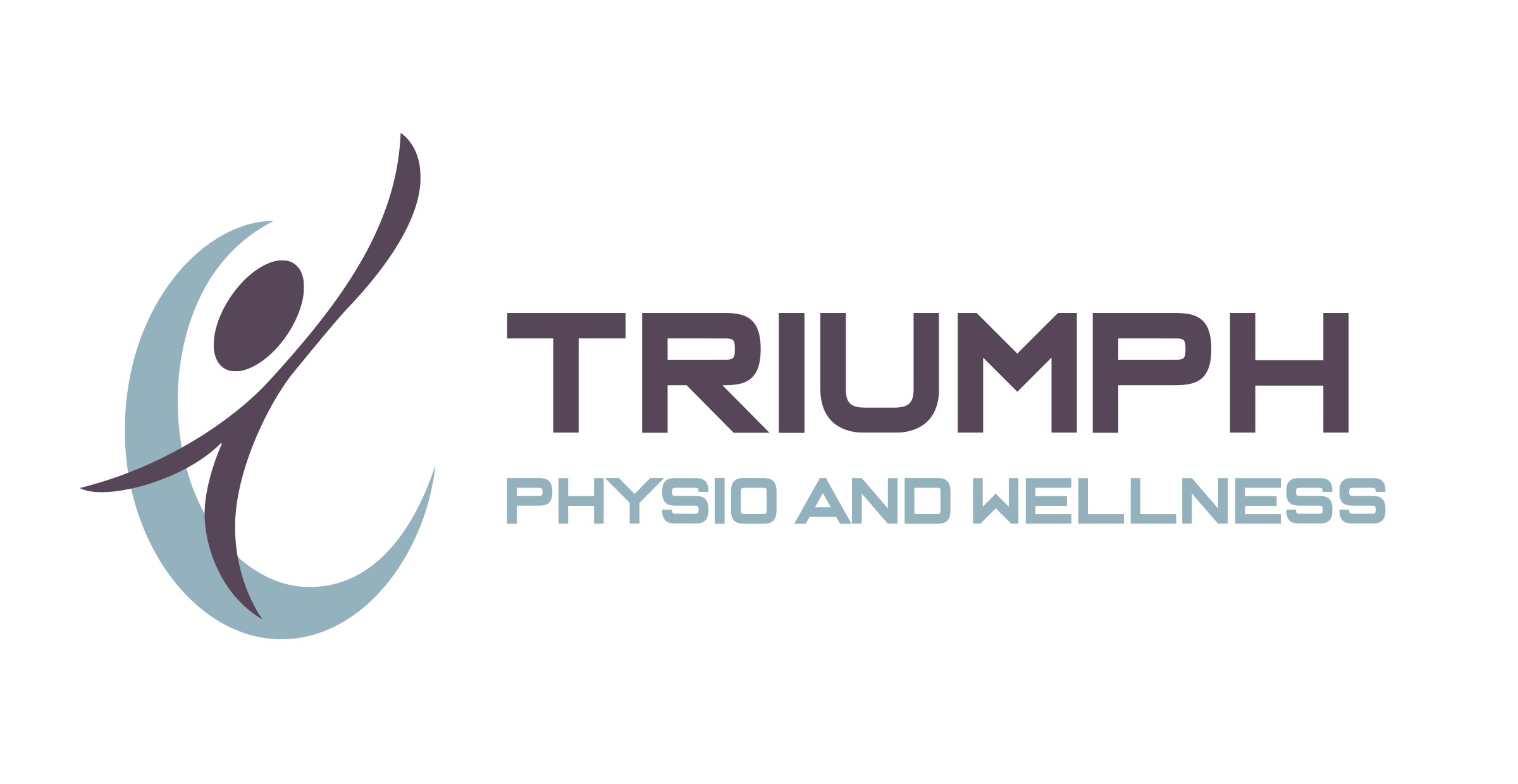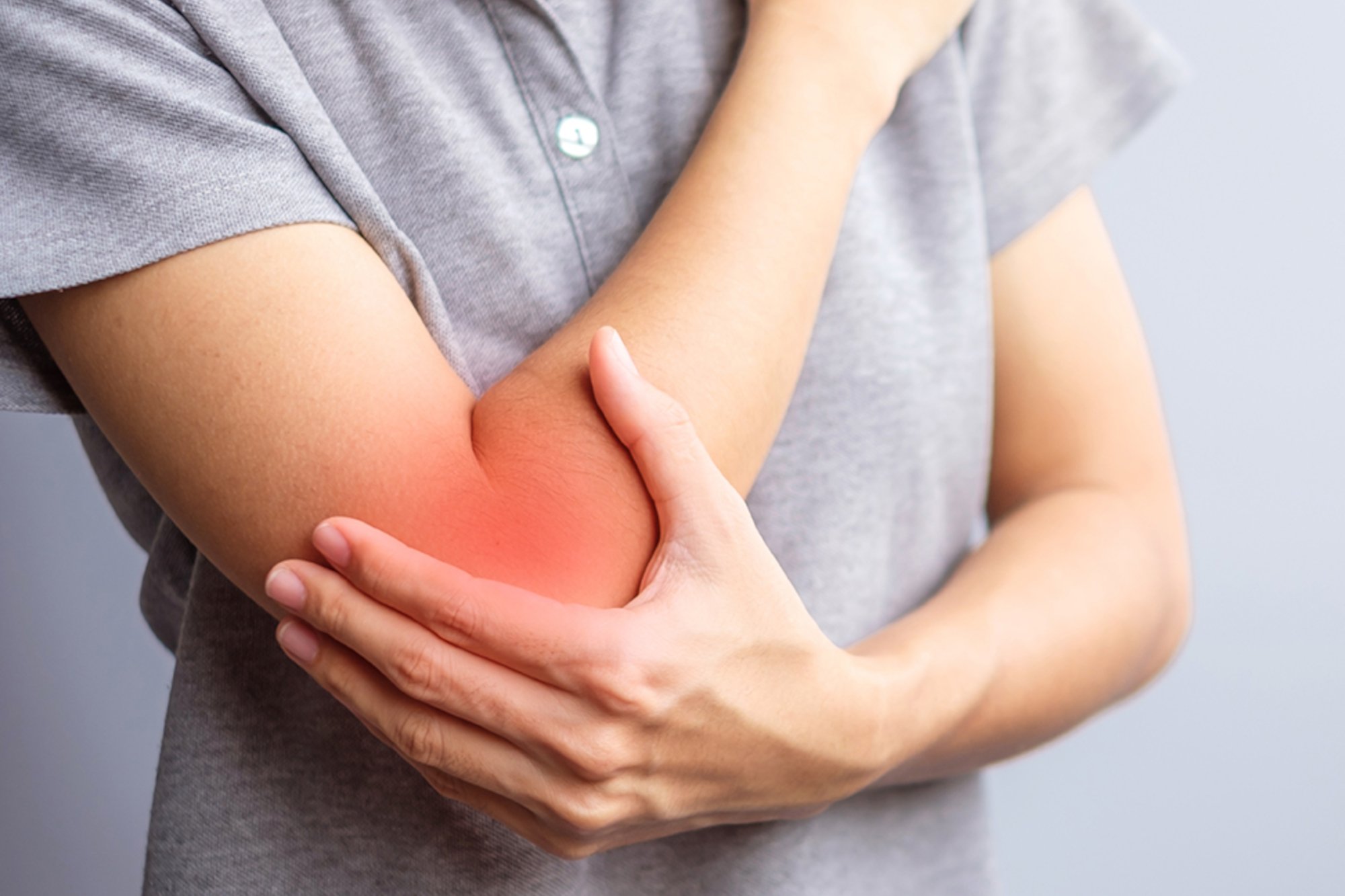Tips to Reduce Joint Pain and Stiffness
Have you been dealing with stiffness and pain in your joints lately? Perhaps you've only started to notice this pain during particular activities, such as pain in the knees while sitting down or standing up. Maybe certain sports are causing flares of discomfort, like a sore elbow after a short game. Or maybe you simply feel stiff and sore on a more consistent basis after doing anything physical.
If any of these sound familiar, it’s time to adopt a recovery-based mindset to your daily exercise. Your body can only recover when you give it a chance to rest and heal. This often means making specific changes and adaptations to your usual routine.
In this article, we’ll discuss some of the top ways to reduce joint pain and stiffness, both in your physical exercise as well as in your usual day-to-day life. First, we need to know what the root cause of this type of discomfort is.
What Causes Joint Pain and Stiffness?
Before understanding how to reduce joint pain and stiffness, it’s important to understand the potential causes of it in the first place. Here are some of the most probable causes for ongoing issues with your joints:
Overuse. Overusing a certain body part without adequate rest (and/or with poor form) can lead to pain and stiffness in surrounding joints over time. A good example of this is tennis elbow, which affects tennis players after months or years of constant swinging with the same arm.
Unhealed injuries. If you sustained an injury at some point and did not take enough time to rest, recover, and receive treatment from a professional, it could actually be the root cause of your troubles today. Even a seemingly unrelated injury (e.g. a muscle strain in your leg) can eventually manifest in the joints if left untreated for too long.
Chronic medical conditions. As you probably know, ongoing medical issues such as osteoarthritis, rheumatoid arthritis, tendinitis, gout, or certain viral infections can all cause swelling, pain, and stiffness in the joints.
Mental health challenges. Surprisingly, mental health issues and mental illnesses can actually physically manifest in the form of joint pain. While the connection isn’t completely understood, one key factor is high-quality sleep, which people with depression and anxiety may not get enough of.
Being overweight or obese. Excess weight can put added strain on your body’s joints, eventually leading to stiffness and pain. This is most commonly seen in the hip and knee joints, though other body parts might be affected as well.
Poor general health and nutrition. People who suffer from unrelated health issues and poor nutrition may be more prone to joint pain, swelling, or stiffness.
Age. Naturally, our joints can become sore and worn out as the years take their toll on them. This may work in tandem to some of the other potential causes on the list.
If you’re dealing with pain and stiffness in certain joints of the body, it’s essential to adopt the right mindset. Having patience and commitment to making these changes can mean the difference between a few weeks of discomfort and a lifetime of pain and limited mobility. Here are seven tips to start reducing the joint pain and stiffness in your body.
1. Use Lower-Impact Exercises
If you find your joint discomfort is made worse by your usual exercise regime, consider ways to lower the impact that these activities have on your body.
If you run regularly, consider switching from concrete surfaces to softer trails and tracks, or even running on an elliptical trainer instead of a treadmill. If you’re a cyclist, consider a stationary bike.
If all of these are still too much, you could consider starting a new exercise regime in water to all but remove the impact on your joints entirely.
2. Use Heat When Appropriate
If you’re dealing with joint pain and stiffness, a likely culprit is inflammation of the surrounding tissues. When used properly, hotpads, hot compresses, and even hot water submersion or a hot shower can all help reduce this inflammation and your discomfort along with it. Don’t apply heat for more than 20 minutes at a time, but feel free to do so multiple times a day.
3. Use Ice Properly
Like heat, ice can help soothe swollen joints, especially right after exercise when they’re most inflamed and painful. Use an icepack on the affected areas for 20 minutes at a time or as needed after finishing your usual exercise.
For more tips regarding using ice or heat, feel free to refer to our blog post about just that: Ice or Heat?
4. Incorporate a Gentle Warm-Up
If you’re not doing some kind of warm-up before jumping into your activity of choice, now is the time to start. Warm-ups allow your body’s tissues to start moving and stretching, granting you greater flexibility and a lower chance of injury once you begin more intensive exercise.
We recommend starting with a range of motion exercises for 10-15 minutes before your workout begins. If you’re a tennis player, for instance, swing your arms in circles for a few minutes to get your joints primed to play.
5. Stretch Before and After
In addition to your warm-up exercises, regular stretching is an essential part of a healthy exercise regime. We recommend finding a regime of gentle stretching exercises (or working with a physiotherapist to create a custom program) to incorporate both before and after your usual strengthening or aerobic exercises. This will help prevent your joints from becoming injured or swollen due to excess strain.
6. Go Slow and Steady
In general, it’s very important to adjust your pace across the board when you’re dealing with injury, pain, stiffness, or inflammation in your joints. Don’t expect your condition to improve without some changes to your usual routine. Exercise at a slower, less intense rate than you normally would. Use slow, even movements. If you feel sudden spikes in pain, take a break and work a different part of your body for a while.
While this is no doubt frustrating, it’s far better than the alternative of feeling this way for a long, long time.
7. Speak to a Physiotherapist
Last but definitely not least, an expert physiotherapist is possibly your number one best friend when it comes to addressing the root cause(s) of your joint stiffness and pain. Whether the problem is a chronic illness, an untreated injury from years prior, or a recent issue that has been brought about from overtraining or a lack of rest, physiotherapy can help.
At Triumph Physio & Wellness, we’ll take the time to sit down with you and learn more about your health history, goals, needs, and everything else that pertains to your case. From here, we’ll collaborate on a regime of stretches, exercises, adaptations, and other adjustments that is completely customized, all designed to help you overcome your symptoms and start feeling your best again.
Contact us today if you have more questions about joint pain and stiffness, or click here to book an appointment!
Creative Commons Attribution: Permission is granted to repost this article in its entirety with credit to Triumph Physio and Wellness and a clickable link back to this page.

